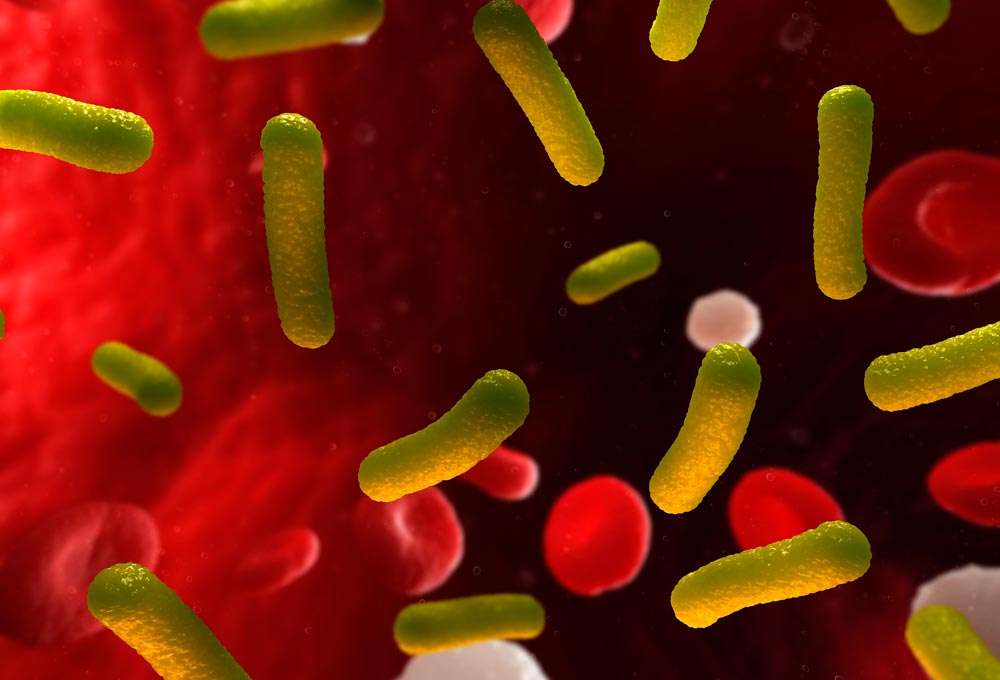Polymer–drug conjugation refers to a new type of technology used in drug delivery, which involves the attachment of a drug molecule to a polymer molecule. This technology is used to improve the pharmacokinetics, or absorption, distribution, metabolism, and excretion, of drugs in order to increase the effectiveness of drug therapy. It also has the potential to reduce side effects that may be associated with the drug.
The concept of polymer–drug conjugation relies on the ability to link two molecules together, typically using a linker molecule. This linker molecule acts as a bridge between the drug molecule and the polymer molecule, allowing them to be attached together. The linker molecule can be customized to provide the desired properties for drug delivery, such as increased solubility, increased stability, and increased cell targeting.
The linker molecule can also be designed to control the release of the drug from the polymer molecule. This is known as a “controlled release” system, and it allows the drug to be released in a controlled and sustained manner over a period of time. This can be beneficial for drugs that may need to be taken over an extended period of time, such as those used for chronic conditions.
In addition to controlling the release of drugs, polymer–drug conjugation can also be used to target specific cells or tissues in the body. This is achieved by using polymers that are able to specifically bind to certain receptors on the surface of cells, allowing them to be delivered to the desired target. This can be beneficial for drugs that need to be delivered to a specific area of the body in order to be effective.
Overall, polymer–drug conjugation is a promising new technology that has the potential to revolutionize the way drugs are delivered and used in the medical field. It can help to improve the safety and efficacy of drug therapy, as well as increase the targeted delivery of drugs to certain areas of the body.









